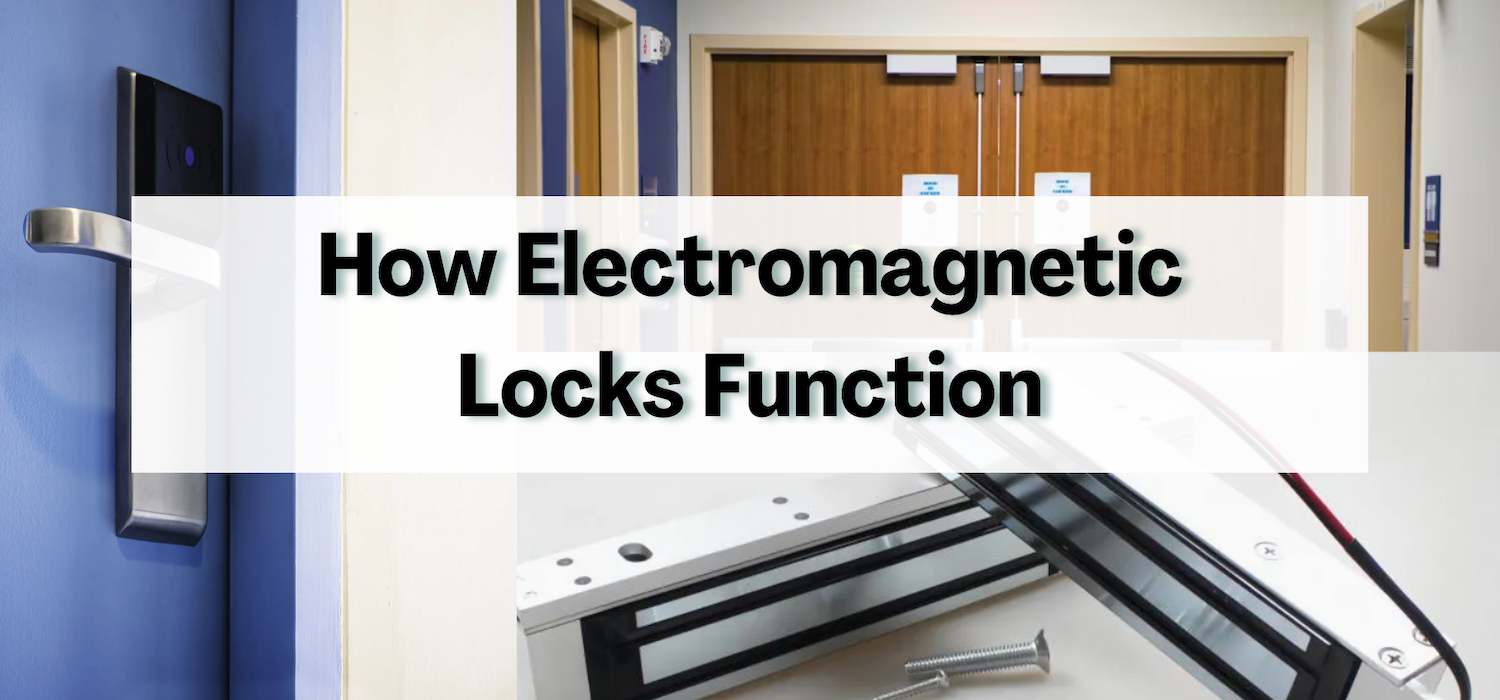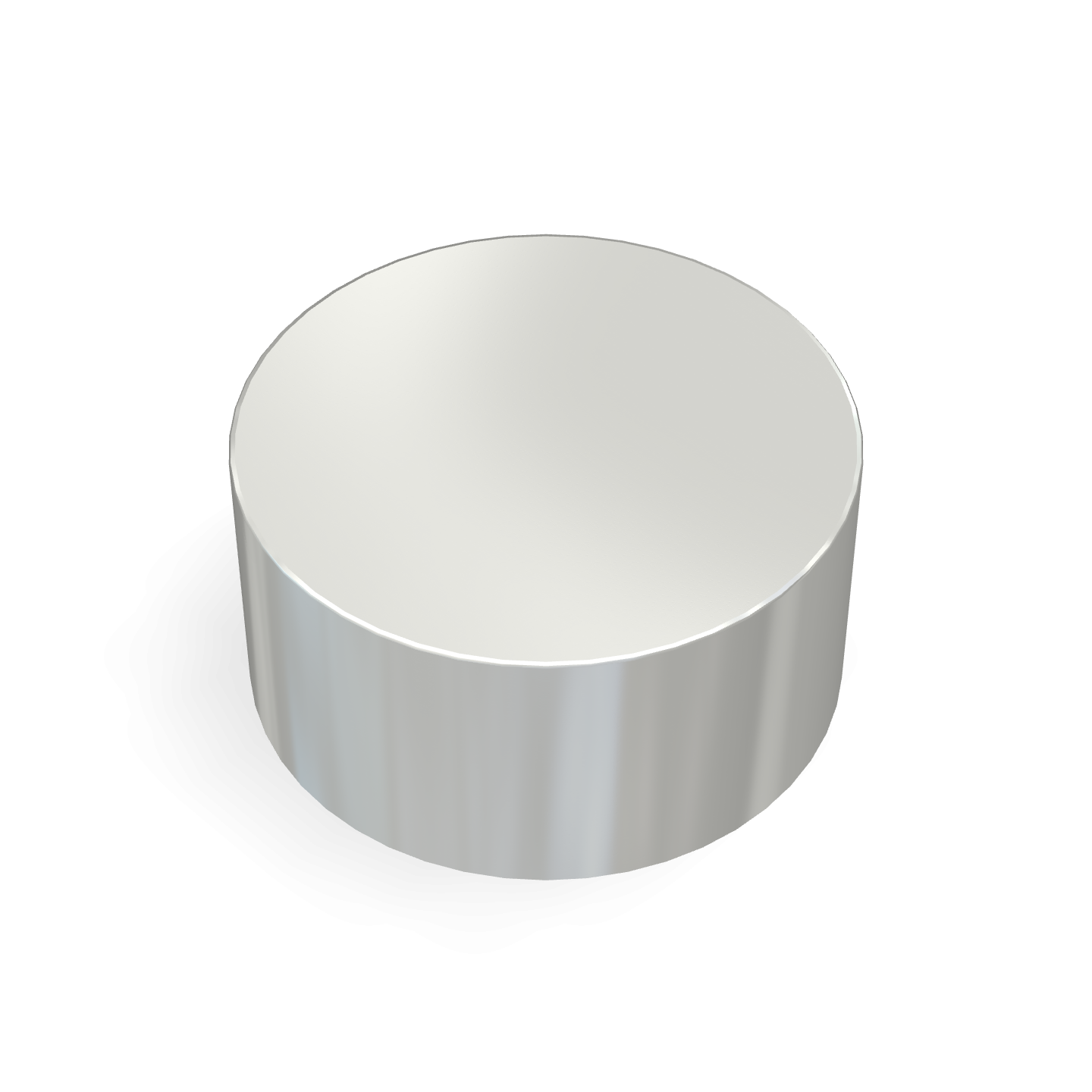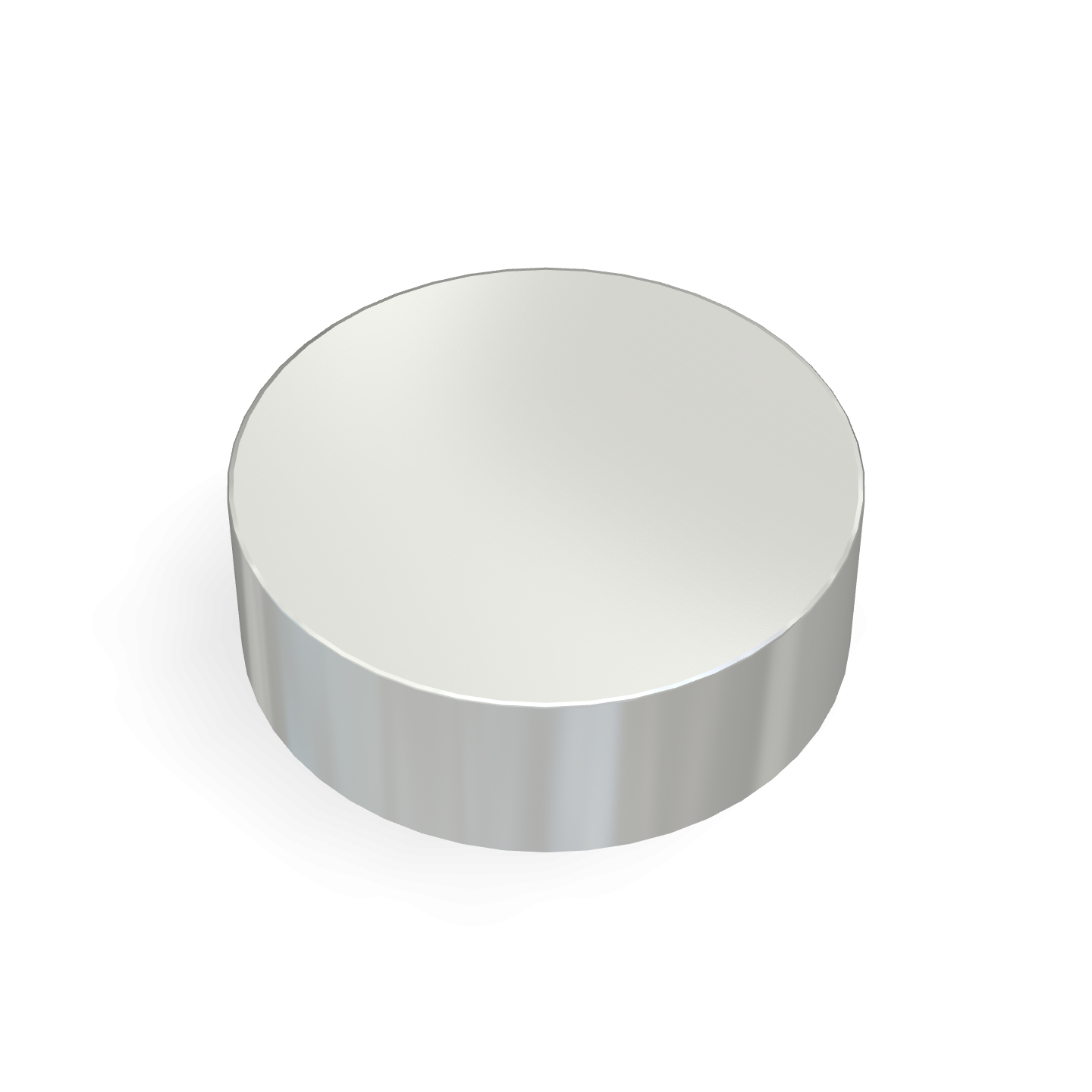If you've ever walked into a building where you used a keycard or biometric scan to get in, chances are, the entryway was secured with an electromagnetic lock. These devices have become a common way to secure doors and other points of entry in both residential and business environments. But how do these locks actually work? Let's break it down in simple terms.
The Two Main Parts
Electromagnetic locks consist of just a couple of key components:
-
The Electromagnet (Mounted on the Door Frame): This part contains a coil of wire that, when electricity runs through it, creates a magnetic field.
-
The Armature Plate (Mounted on the Door): This plate, usually made of steel, is attracted to the electromagnet when it’s activated by electricity, creating a strong bond that holds the door shut.
How It Works
Here’s how the system operates in a straightforward way:
-
Power Supply: When the system is powered on, it energizes the electromagnet, making it magnetically charged.
-
Magnetic Pull: The armature plate, which is attached to the door, is drawn towards the electromagnet as soon as the magnetic field is activated.
-
Locking Effect: The magnetic force between the electromagnet and the armature plate keeps the door firmly in place. Without the key or an access control signal, it’s nearly impossible to open the door.
-
Unlocking: To open the door, the power is turned off. This releases the magnetic field, which causes the door to become free from the armature plate, and it can be opened.
Benefits of Using Electromagnetic Locks
-
Strong Security: These locks provide a solid hold, making it very tough to tamper with the door once it’s locked.
-
Durability: Since there are fewer moving parts in comparison to traditional locks, there’s less wear over time.
-
Ease of Use: Electromagnetic locks are often part of larger access control systems, meaning you can unlock them remotely using a keycard, smartphone, or other methods.
-
Emergency Features: Many maglocks have a fail-safe function that allows the door to open during power failures, which is especially useful for safety in emergencies.
Where Are Electromagnetic Locks Used?
Maglocks are versatile and used in various places, including:
- Business Premises: They are widely used in offices, banks, hospitals, and research labs.
- Homes: High-security homes may also opt for electromagnetic locks to ensure safety.
- Advanced Security: These locks are integrated into systems where restricted access is needed, like in server rooms or sensitive equipment areas.
- Data Centers: In environments with critical equipment, electromagnetic locks provide an additional layer of security.
In Summary
Electromagnetic locks are a straightforward yet highly effective way to secure doors. They rely on the basic principles of electromagnetism to form a strong magnetic bond, keeping doors shut until the power is cut off. With minimal moving parts and reliable security features, they are ideal for a wide variety of applications, from office buildings to homes and secure facilities. Whether you're securing a commercial property or a sensitive area, electromagnetic locks offer a great solution for your needs.



















